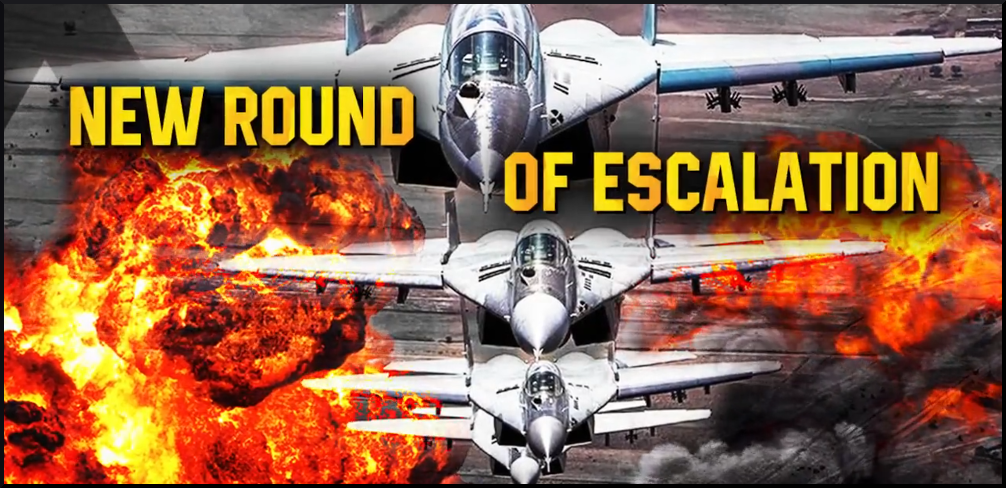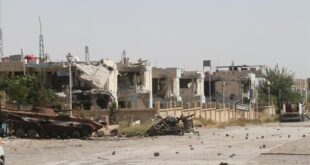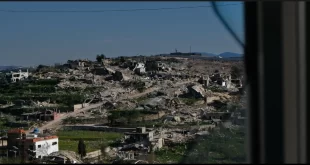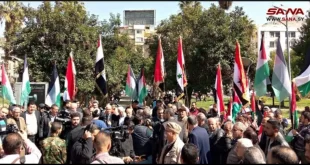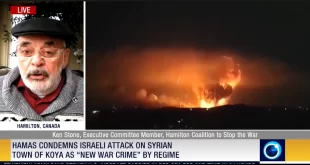from Southfront, October 6, 2022
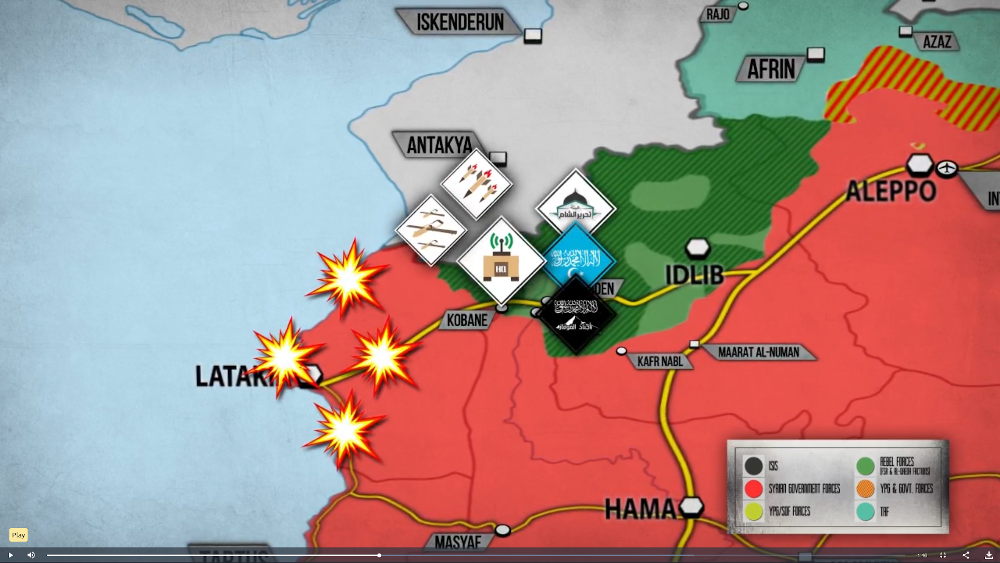
The Syrian Arab Army (SAA) and its allies have escalated their attacks on the northwestern Syrian region of Greater Idlib in an apparent response to recent ceasefire violations by al-Qaeda-affiliated Hay’at Tahrir al-Sham (HTS).
The escalation began on October 2, when the SAA targeted a key supply line of HTS that links the western countryside of Idlib with the northern Lattakia countryside.
A series of rocket strikes targeted the villages of Halluz and Kafriden in the western countryside of Idlib. From the two villages, supplies are moved to the town of Kobani and nearby areas in the northern Lattakia countryside.
Two days after the SAA strikes, on October 4, warplanes of the Russian Aerospace Forces (VKS) carried out a series of airstrikes on Kobane and several nearby hilltops.
Kabani is a stronghold of HTS and several other terrorist groups, including the Turkistan Islamic Party and Ajnad al-Kavkaz. Terrorists launched dozens of rocket and drone attacks on the Syrian coast from the town and its surroundings in the past. Most of the attacks targeted Russia’s Hmeimim Air Base.
The recent strikes on Kabani and its supply line were likely a warning by the SAA and the VKS to HTS and its allies, who may be planning to launch a new attack from the town.
The strikes failed to deter HTS, whose terrorists raided a position of the SAA near the 46th Regiment Base in the western countryside of Aleppo on October 5. The terrorist group claimed that five Syrian soldiers were killed or wounded as a result of the raid, which ended with the destruction of the position. However, these claims are yet to be verified.
Also on October 5, a primitive drone crashed near the town of Binnish in the eastern countryside of Idlib. The drone was similar to the types manufactured and operated by HTS. The terrorist group may have launched the drone to attack a civilian or military position near Greater Idlib.
The London-based Syrian Observatory for Human Rights (SOHR) said that the drone was brought down by a Turkish electronic warfare system deployed in a post near Binnish. The Turkish military may have brought down the drone after failing to identify it, or because it flew too close to its post. These claims have not been confirmed, yet.
Despite the recent escalation, the ceasefire in Greater Idlib, which was brokered by Russia and Turkey, is still holding up.
Greater Idlib may experience more escalation in the upcoming weeks, as the SAA and its allies will for sure respond to the recent attacks by HTS. However, a full-blown confrontation in the region remains highly-unlikely.
 Syria Support Movement solidarity with the Syrian people
Syria Support Movement solidarity with the Syrian people

